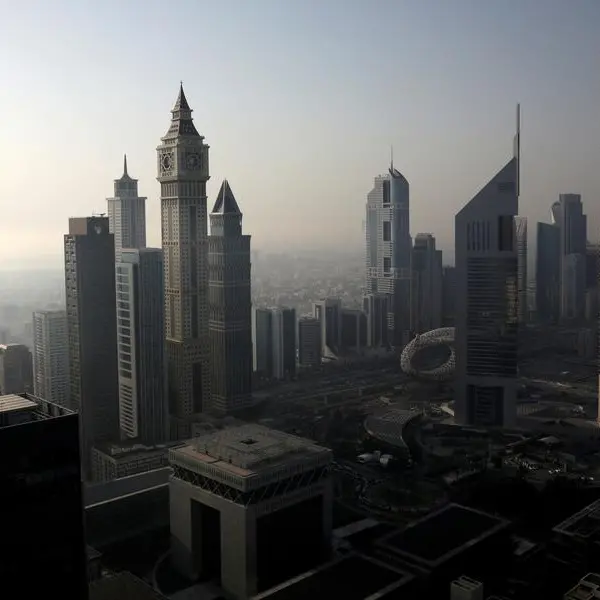With 16 landlocked countries in Africa regional integration and greater cooperation is crucial to unlock economic growth in the continent. But the reality is that cross-border trade is weak at best, and sometimes hostility between two neighbors makes attempts at economic cooperation impossible.
Regional trade among African countries remains at 13% of their total trade, among the lowest ratios in the world. In sharp contrast, intra-regional trade between South-East Asia states account for 55.3% of their total while Latin American regional business makes up nearly 20% of their total foreign trade.
African countries that have no direct sea link to the rest of the world are being deprived of valuable economic opportunities. Among the world's seven regions, Africa has the highest number of landlocked countries; on average, each nation has to contend with 5 others that touch its border.
This creates a strong need to build infrastructure projects across borders; but these projects, in turn, need higher trade volumes in order to be feasible.
"On the one hand, low traffic volumes render most transnational transport projects financially unviable and therefore difficult to find financing for; on the other, the lack of adequate transport facilities seriously hampers intraregional trade by significantly increasing trade costs," the World Economic Forum said.
The WEF argued in its new report that "if energy is needed in one country (e.g. South Africa), but the best conditions for a hydroelectric power plant are in another (the Mphanda Nkuwa project in Mozambique), demand for cross-national energy transmission arises."
INFRASTRUCTURE CHALLENGE
Africa has a number of economic blocs, but progress has been slow and varied, and these blocs often lack the mandate to pursue joint economic projects.
In 2012, the African Union, African Development Bank and The New Partnership for Africa's Development (NEPAD) launched the Programme for Infrastructure Development in Africa (PIDA), focusing on regional projects and programs that address infrastructural challenges that undermine Africa's competitiveness.
PIDA estimates road access rate in Africa stands at only 34%, compared with 50% in other parts of the developing world, while transport costs are 100% higher compared to other region. Meanwhile, Internet penetration rate is a mere 6%, compared to an average of 40% elsewhere in the developing world.
Only 30% of Africa's population has access to electricity, compared to 70-90% in other parts of the developing world. Water resources are underused with only 5% of agriculture under irrigation.
The programme is estimated to require investments to the tune of USD 360 billion between 2011 and 2040, if Africa is to catch up with the rest of the world.
"Such costs are beyond the financing capacities of governments or even donors. Attracting private sector participation through Public-Private Partnerships (PPPs) is therefore essential for the delivery of various infrastructure projects envisioned under PIDA," the development agency said.
A medium-term USD 68 billion action plan is set to be completed by 2020, comprising 51 priority infrastructure back-bone projects and programs in energy, water, transport and information, communication and technology.
INNOVATION AND CLARITY NEEDED
The financing of various projects will require massive support from foreign investors and the private sector. Public and domestic private investors are expected to meet 50% of the cost by 2020, with the share growing to 66% by 2030 and as much as 75% by 2040.
"Official development assistance will continue to play an important role, but will not be enough and will need to be used innovatively to leverage investments particularly from the private sector," according to PIDA.
States will need to find other modes of financing, such as infrastructure bonds, loan guarantees and new financing partnerships with other countries such as China that can also provide markets for African goods and services.
However foreign investors will need greater clarity and more stability before they can embark on transnational infrastructure projects that are even more complex than national programs. Differences in regulations between regional countries, language, and a host of other metrics would add to project costs, critics argue.
The WEF recommends greater harmonisation of metrics and systems to present a "single-window" to foreign investors. But it would also mean that governments will have to surrender some of their national sovereignty and delegate the planning of projects to a dedicated program unit.
"Many of the challenges... can be overcome if the collaboration across countries works well and the right governance structure is found. Institutionalizing cross-border collaboration will not only facilitate the alignment across all program phases, but will also limit the risk of unilateral changes by one of the participating countries," said WEF.
The feature was produced by alifarabia.com exclusively for zawya.com.
© Zawya 2014






















